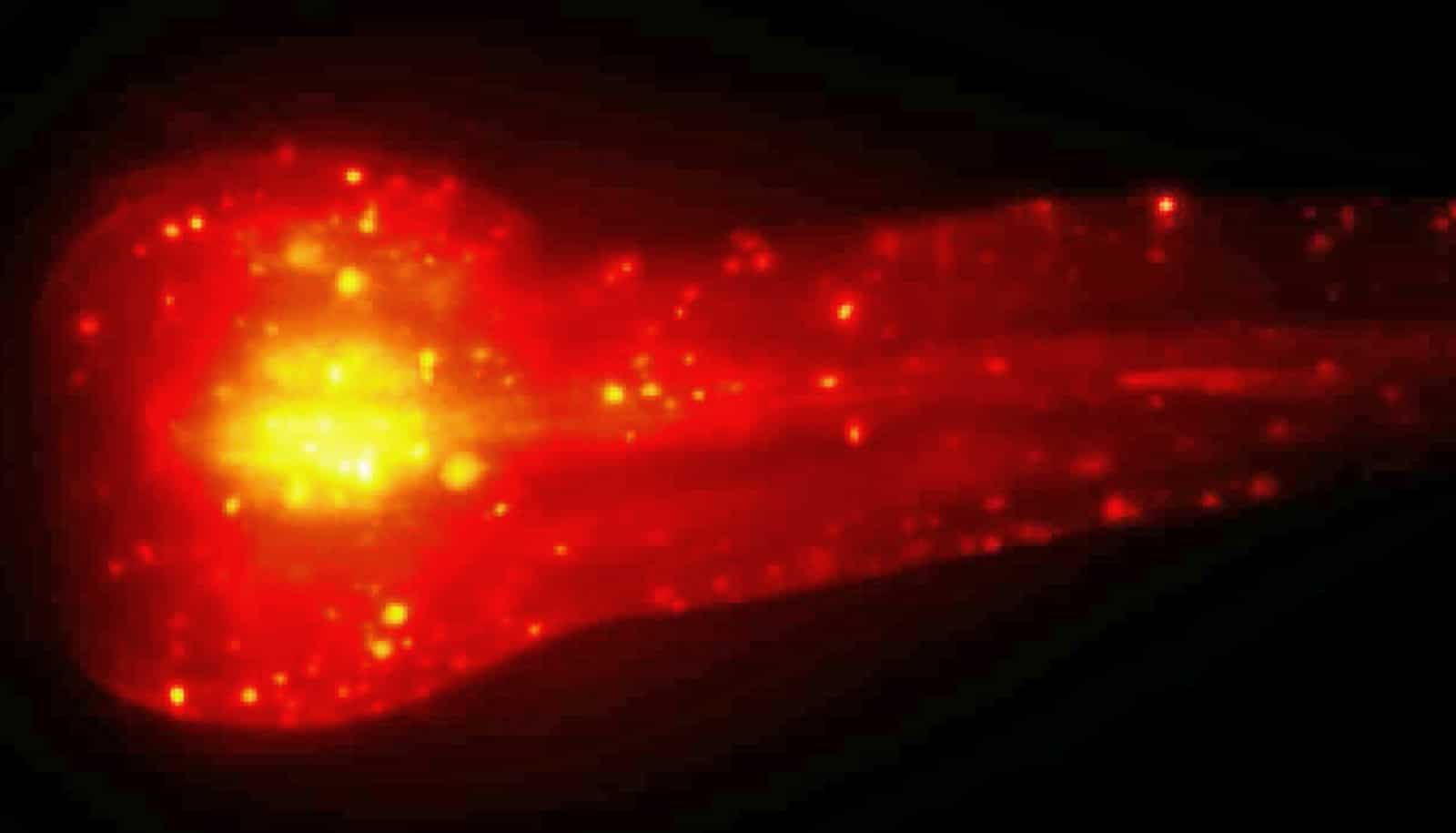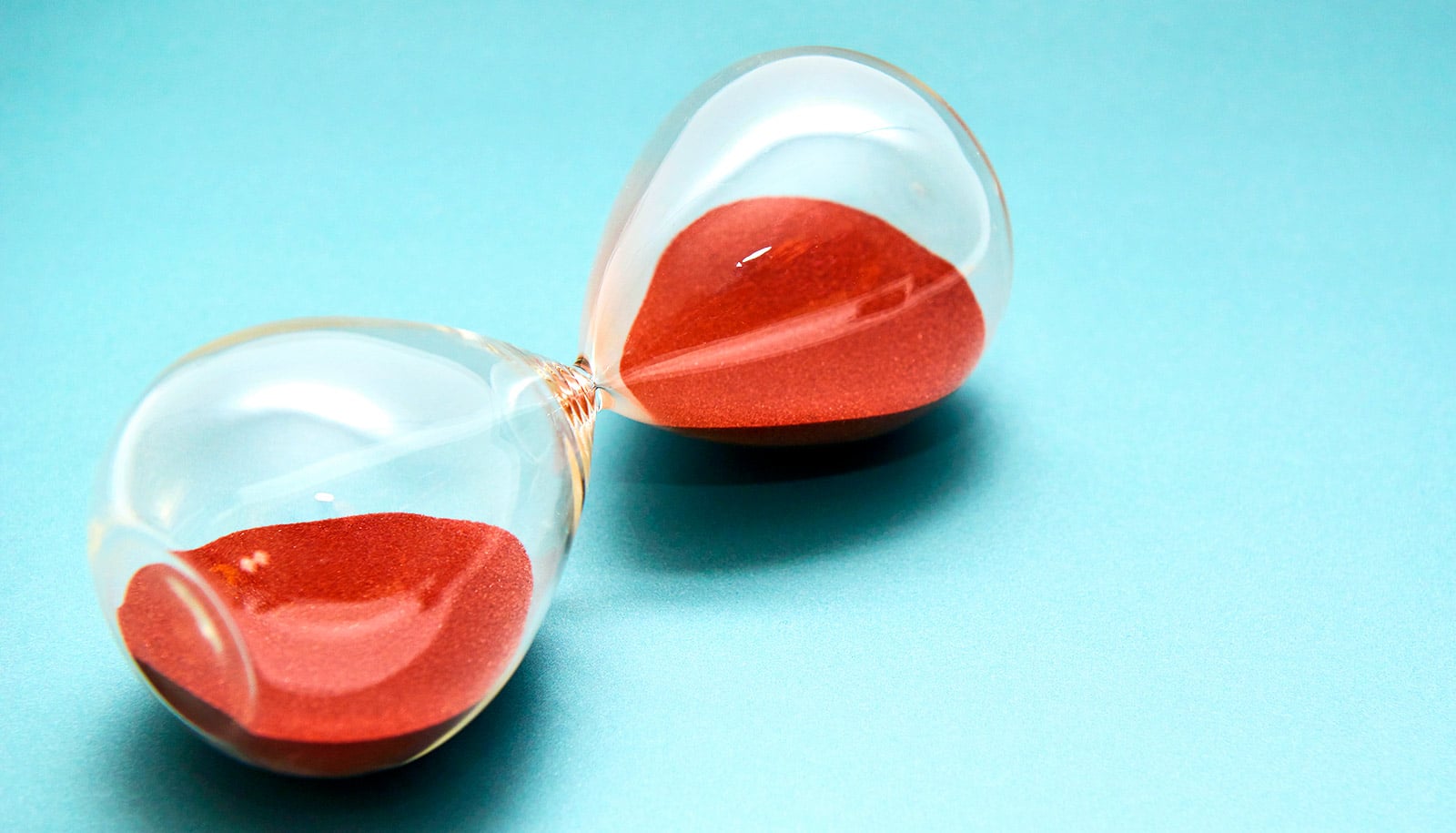Researchers have developed a new method to determine which genes are relevant to the aging process.
The researchers did the work using roundworms called C. elegans, widely used as a model for genetic and biological research, but they say the findings have broader applications for research into the genetics of aging.
“There are a lot of genes out there that we still don’t know what they do, particularly in regard to aging,” says Adriana San Miguel, professor of chemical and biomolecular engineering at North Carolina State University and corresponding author of a paper in the journal iScience.
“That’s because this field faces a very specific technical challenge: by the time you know whether an organism is going to live for a long time, it’s old and no longer able to reproduce. But the techniques we use to study genes require us to work with animals that are capable of reproducing, so we can study the role of specific genes in subsequent generations.
“To expedite research in this field, we wanted to find a way of identifying genes that may be relevant to aging while the organisms are still young enough to work with.”
C. elegans is one of the most important model species for research into genetics and aging. Specifically, the researchers focused on protein aggregation in cells, which is well established as being related to aging.
Here’s how the new method for identifying genes that may be relevant to aging works.
First, the researchers expose thousands of C. elegans to a chemical that induces random genetic mutations. The researchers then use an autonomous, high-throughput system that allows them to identify which roundworms have high levels of protein aggregation in their cells without harming them, but while they’re still young enough to reproduce.
The roundworms that have higher levels of protein aggregation, which are expected to live for a shorter period of time, are then separated from the others using an automated, microfluidic system and observed to see how long they live.
Once the roundworms die, researchers have established protein aggregation and lifespan data for each of the roundworms. The roundworms with the highest protein aggregation and the shortest lifespans can be prioritized for study, since there is an increased likelihood that their mutations affected their aging. Researchers can then sequence the DNA of these roundworms.
“Once we have the genomic data, we can identify the mutations in C. elegans,” San Miguel says. “And the protein aggregation and lifespan data allow us to assess which mutations may be most relevant to aging. This allows us to focus future research on those genes.”
In proof-of-concept testing, the researchers chose to do genome sequencing on the individual roundworm in their sample that had the highest level of protein aggregation. They found that it had a mutation on a gene that was not previously identified as having any relationship to aging.
“The next step is to do additional research focusing on this gene,” San Miguel says. “Is it playing a role in the aging process? And, if so, what is that role?
“More importantly, we think the technique we’ve demonstrated in this paper can be used by others in the research community to help identify genes of interest and—hopefully—expedite research into the genetics of aging. We’re very open to collaborating with other researchers who are interested in pursuing this line of work.”
The US National Institutes of Health funded the work.
Source: NC State



